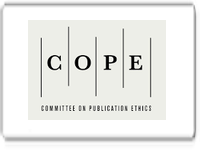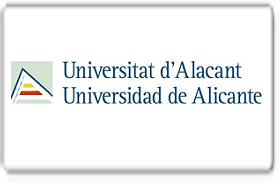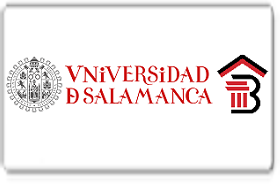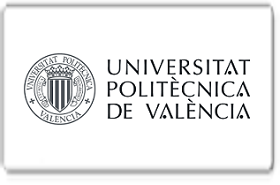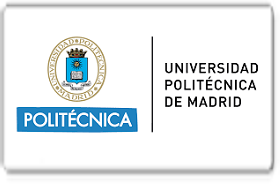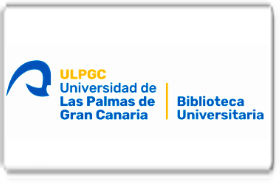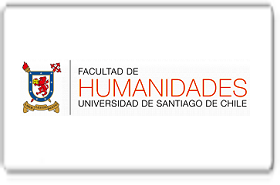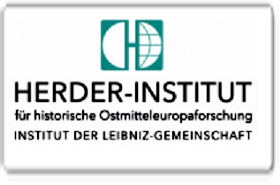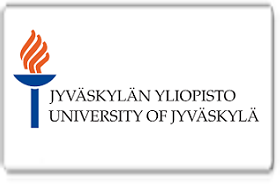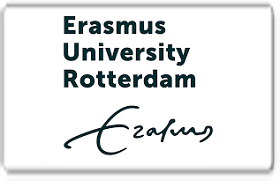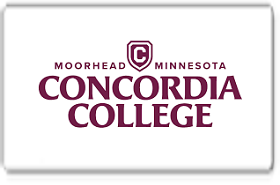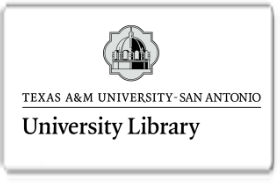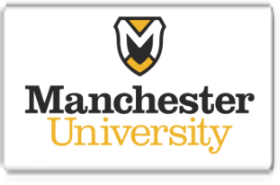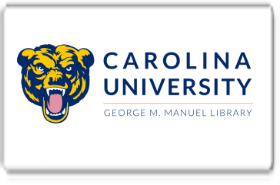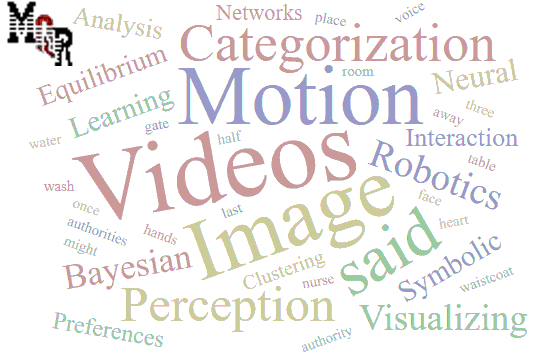Implementación del enfoque Natural para mejorar el vocabulario de estudiantes de nivel A1
DOI:
https://doi.org/10.56048/MQR20225.8.4.2024.2208-2231Palabras clave:
Enfoque Natural; estrategias creativas; aprendizaje auténticoResumen
Esta investigación se centra en el Enfoque Natural para la Adquisición de una Segunda Lengua ayudando así a mejorar el vocabulario de los estudiantes de cuarto grado de nivel A1 de la Institución Educativa César Dávila Andrade en Cuenca-Ecuador. Según investigaciones esta estrategia ha generado más interés que otras teorías creativas de enseñanza de idiomas, enfatizando que la infancia es la edad perfecta para adquirir un idioma. Por lo tanto, es vital que los estudiantes se sientan involucrados en un aprendizaje auténtico y que activamente adquieran un nuevo idioma, lo que llevará a conversaciones significativas en entornos naturales. Además, los estudiantes necesitan motivación, concentración y habilidades de resolución de problemas para lograr un nivel adecuado en el aprendizaje del inglés. Esto significa que el proceso de enseñanza-aprendizaje debe considerar la aplicabilidad y las limitaciones. En consecuencia, la educación moderna requiere ajustes significativos en los componentes pedagógicos y tecnológicos. En este contexto, la investigadora realizó un análisis profundo de la revisión bibliográfica vinculada a ambas variables: el Enfoque Natural y la mejora del vocabulario en alumnos de cuarto grado. La metodología utilizada en este estudio fue cualitativa y cuantitativa lo que permitió recolectar datos a través de una prueba diagnóstica, un pre-test, un post-test, una lista de observación y una encuesta con autorización de los padres. Los resultados obtenidos confirmaron la importancia de la aplicación de estrategias creativas basadas en el método natural para mejorar el aprendizaje de vocabulario del idioma inglés.
Descargas
Métricas
Cited
DOI: 10.56048![]()
Citas
Akdogan, E. (2017). Developing Vocabulary in Game Activities and Game Materials. Online Submission, 7(1), 31-66.
Alqahtani, M. (2015). The importance of vocabulary in language learning and how to be taught. International Journal of Teaching and Education, III(3), pp. 21 - 34.
Amiruddin, M., & Jannah, U. R. (2021, December). The effectiveness of natural approach on language learning in higher education. In 2nd International Conference on Innovation in Education and Pedagogy (ICIEP 2020) (pp. 120-129). Atlantis Press.
Anthony, L. (2018). Introducing English for Specific Purpose. Routledge.
Munna, A. S., & Kalam, M. A. (2021). Impact of active learning strategy on the student engagement. GNOSI: an interdisciplinary journal of human theory and praxis, 4(2), 96-114.
Beltrán, M. L. C. (2001). The challenge of effective vocabulary teaching. Profile: Issues in Teachers' Professional Development, 2(1), 48-56.
Bruner, J. (1966). Toward a theory of instruction. Cambridge, MA: Harvard University Press.
Chiekezie, P. N., & Inyang, M. J. P. (2021). The significance of audio-visual aids in teaching of English vocabulary. GNOSI: An Interdisciplinary Journal of Human Theory and Praxis, 4(2), 54-70.
Creswell, J. W., & Creswell, J. D. (2017). Research design: Qualitative, quantitative, and mixed methods approaches. Sage publications.
Dakhi, S., & Fitria, T. N. (2019). The principles and the teaching of English vocabulary: A review. Journal of English teaching, 5(1).
Daniwijaya, Y. F. N. (2011). Instructional materials of english vocabulary based on the natural approach for fourth grade students of sd negeri ii sumberejo, klaten (Doctoral dissertation, Sanata Dharma University).
Dhority, L. (1991). The ACT approach: The use of suggestion for integrative learning. Psychology Press.
Farghaly, A. (2018). Comparing and contrasting quantitative and qualitative research approaches in education: The peculiar situation of medical education. Education in Medicine Journal, 10(1), 3-11.
Ghonivita, Y., Pahamzah, J., Wijayanti, M. A., & Sultan, U. (2021). Improving Students’ Listening Skill and Vocabulary Mastery through Contextual Teaching and Learning. Journal of English Language and Cultural Studies, 4(1), 1-12.
Gopalan, M., Rosinger, K., & Ahn, J. B. (2020). Use of quasi-experimental research designs in education research: Growth, promise, and challenges. Review of Research in Education, 44(1), 218-243.
Hariati, P. (2020). Improving Students’ Vocabulary Mastery through Teaching Real Objects. Budapest International Research and Critics in Linguistics and Education (BirLE) Journal, 3(2), 740-748.
Hidayatullah, H., Munir, S., & Tawali, T. (2022). Enhancing Vocabulary Mastery through Applying Visual Auditory Kinesthetic (VAK): A Classroom Action. Journal of Language and Literature Studies, 2(1), 43-52.
Hutchinson, T. & Waters, A. (1987). English for specific purposes. Cambridge University Press.
Juma, A. 2024. Self-reflection in teaching: A comprehensive guide to empowering educators and enhancing student learning International Journal of Science and Research Archive, 12(01), 2835–2844 https://doi.org/10.30574/ijsra.2024.12.1.1113
Krashen, S., & Terrell, T. (1983). Natural approach. New York: Pergamon.
Krashen, S. (1985). The Natural Approach. Language Acquisition in the Classroom. California: The Alemany Press.
Krashen, S. (1987). Principles and Practice in Second Language Acquisition. Prentice-Hall International.
Lestary, D. (2018). The Effectiveness of Using Natural Approach to Improve Students’ Interaction Ability (A Classroom Action Research at Second Grade of SMAN 4 Pinrang) (Doctoral dissertation, IAIN Parepare).
McLeod, S. (2014). Lev Vygotsky. Simply Psychology. Retrieved from https://www.simplypsychology.org/vygotsky.html.
Munna, A. S., & Kalam, M. A. (2021). Teaching and learning process to enhance teaching effectiveness: a literature review. International Journal of Humanities and Innovation (IJHI), 4(1), 1-4.
Nation, P. (2005). Teaching vocabulary. Asian EFL Journal
Nikolopoulou, K. (2022). What Is Non-Probability Sampling? Types & Examples. Methodology. https://www. scribbr. com/methodology/non-probability-sampling.
Nopiyadi, D., Apriani, R., Hamzah, A., & Safinatunisa, I. (2023). Exploring EFL young learners in vocabulary mastery based on PPP approach. Journal on Education, 5(4), 15003-15010.
Richards, J. (2006). Communicative Language Teaching Today. Cambridge University Press.
Richards, J., & Rodgers, T. (1986). Approaches and Methods in Language Teaching.
Richards, J., & Rodgers, T. (2001). Approaches and Methods in Language Teaching (2nd ed.). Cambridge, New York: Cambridge University Press. ISBN 978-0521008433.
Sam, D. P. (2016). Natural approach of teaching English language on a flipped classroom platform to tertiary level engineering learners. International Journal of Educational Sciences, 14(1-2), 13-18.
Shi, Y., & Ariza, E. (2018, February). A study on the Natural Approach (NA) and teaching proficiency through reading and storytelling (TPRS). In 6th International Conference on Social Science, Education and Humanities Research (SSEHR 2017) (pp. 405-409). Atlantis Press.
South, L., Saffo, D., Vitek, O., Dunne, C., & Borkin, M. A. (2022, June). Effective use of Likert scales in visualization evaluations: A systematic review. In Computer Graphics Forum (Vol. 41, No. 3, pp. 43-55).
Srilatha, V. (2015). Pair Work and Group Work: A Way to Enhance English Vocabulary. Journal of English Language Teaching, 57(5), 41-45.
Stuart, W. (2008). Receptive and productive vocabulary size of L2 learners, Studies in Second Language Acquisition, 30 (01), pp. 79 – 95.
Susanto, A. (2017). The teaching of vocabulary: A perspective. Jurnal Kata, 1(2), 183.
Uchihara, T., Webb, S., & Yanagisawa, A. (2019). The effects of repetition on incidental vocabulary learning: A meta‐analysis of correlational studies. Language learning, 69(3), 559-599.
Wallwey, C., & Kajfez, R. L. (2023). Quantitative research artifacts as qualitative data collection techniques in a mixed methods research study. Methods in Psychology, 8, 100115.
Wilkinson, D. (2020). Effects of word card methodology and testing on vocabulary knowledge and motivation. Temple University.
Xie, R. (2021). The effectiveness of total physical response (TPR) on teaching English to young learners. Journal of Language Teaching and Research, 12(2), 293-303.
Publicado
Cómo citar
Número
Sección
Categorías
Licencia

Esta obra está bajo una licencia internacional Creative Commons Atribución 4.0.
Los autores se comprometen a respetar la información académica de otros autores, y a ceder los derechos de autor a la Revista MQRInvestigar, para que el artículo pueda ser editado, publicado y distribuido. El contenido de los artículos científicos y de las publicaciones que aparecen en la revista es responsabilidad exclusiva de sus autores. La distribución de los artículos publicados se realiza bajo una licencia 


















